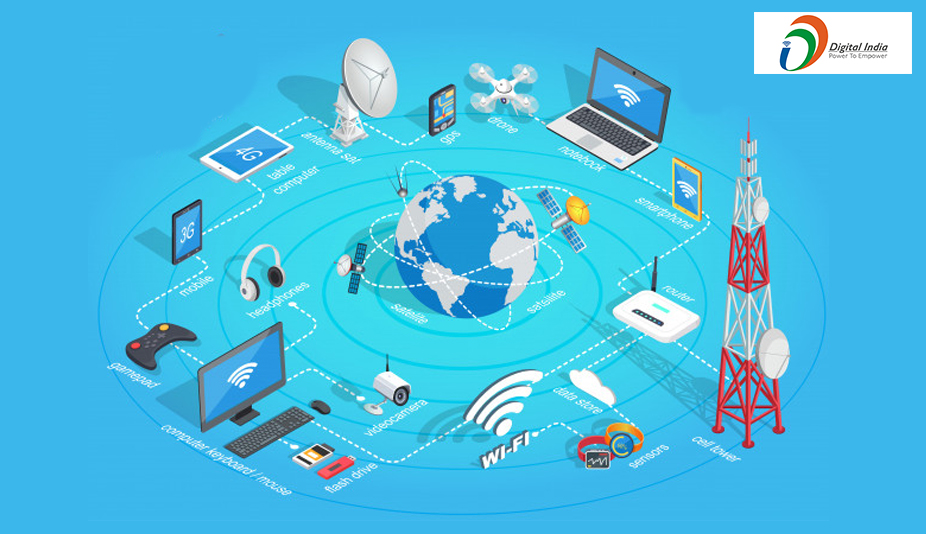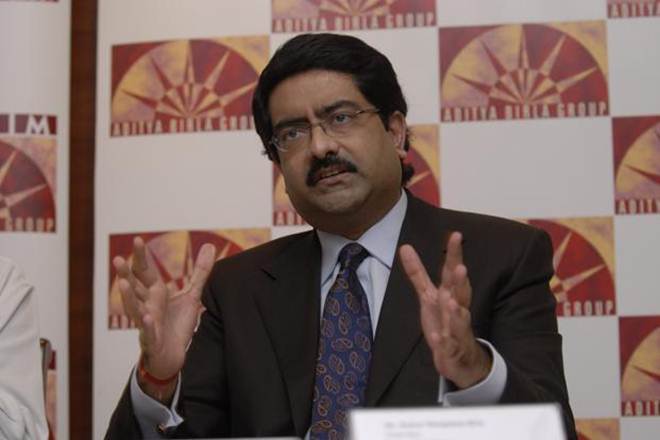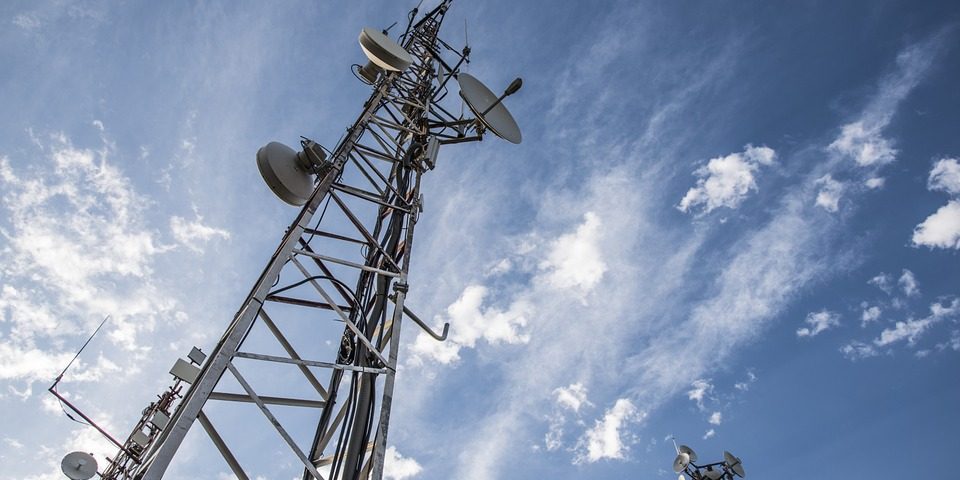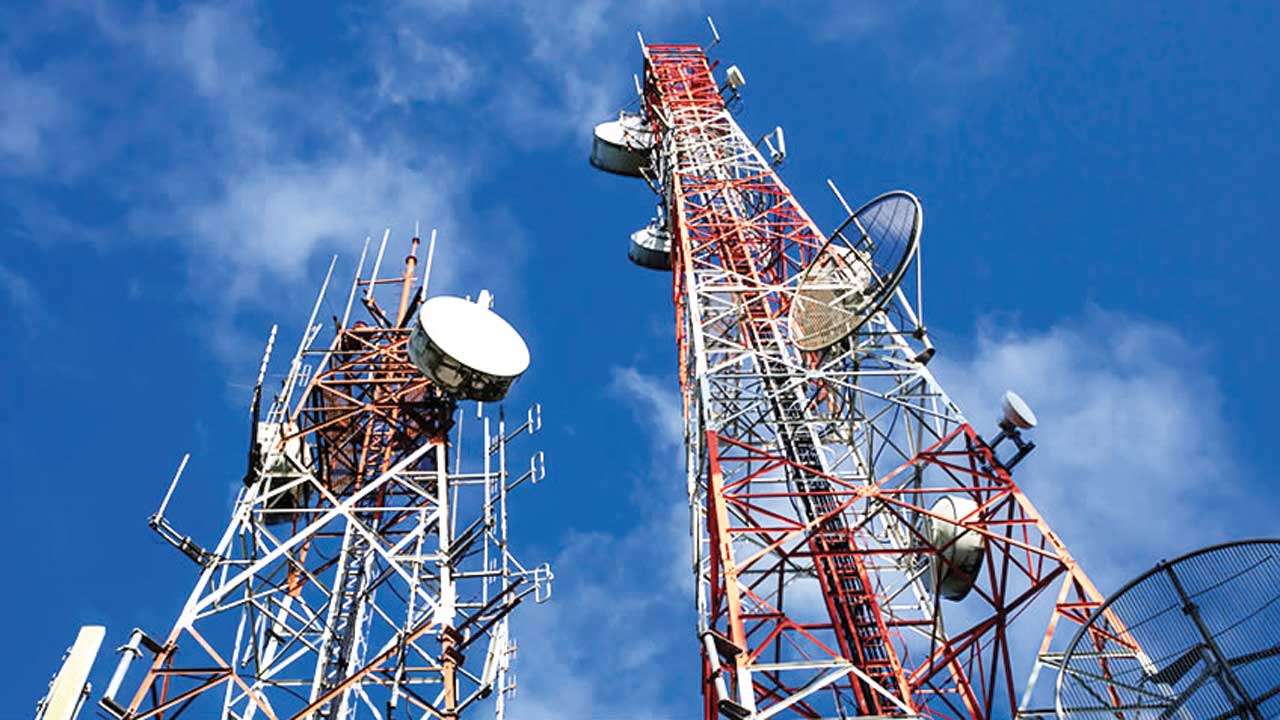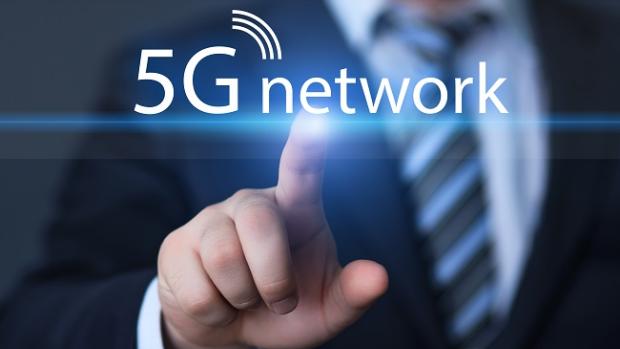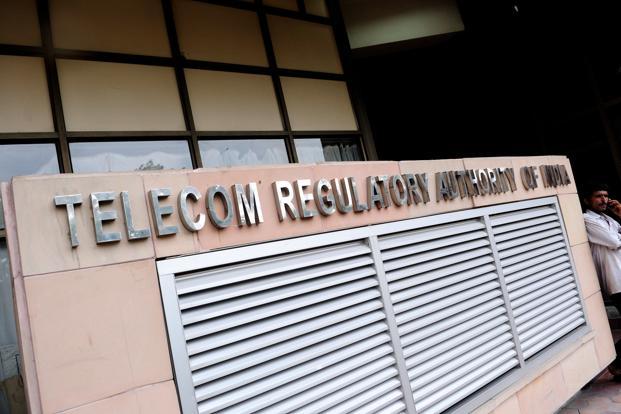5g
Opportunity for India to help set and develop global 5G standards is second to none

NEW DELHI: Broadband India Forum (BIF), along with the Consumer Unity and Trust Society International (CUTS) today announced the release of a report on ICT standardization and its importance in order for India to secure a leading edge in 5G.
The report was released by Aruna Sundararajan, Secretary Telecom at the 5G India 2018 International Conference taking place in Mumbai today.
The report takes account of the macro and micro economic effects of standardization, both in terms of the work conducted by Standards Development Organizations (SDOs) as well as when such efforts lead to the development of new & innovative products and services. It also presents a thorough overview of how standardization has shaped not only the global communications ecosystem but also the preferences of its modern users.
Releasing the Standardization report,Sundararajan, Secretary Telecom, Government of India said, “As we get closer to understanding the technical challenges associated with the roll out of high speed, pervasive and reliable 5G networks, standards will assume center stage. India was not centerstage when earlier networks such as 2G, 3G and 4G were rolled out globally.
5G however presents a great opportunity to us and the standardisation report by BIF & CUTS sets the context and advocates for greater collaboration by India. The Indian communications market is amongst the largest in the World, and it is vital that we join hands with administrations, industry and academia across the world to shape future communication networks.”
T.V. Ramachandran, President, Broadband India Forum said, “The discussion on standards and the critical role that they play in the larger economic context is crucial, and its relevance cannot be overestimated in the case of developing nations such as India. This assumes significance when contemplating the path for promotion of core research and development and the possible manner in which India can develop and leverage cutting-edge innovations at the global level. We are now at a stage where we can play an important role in shaping communications systems along with our global partners.”
He further added, “We are thankful to the Department of Telecommunications (DoT), Government of India for the support provided to 5G India 2018. 5G is a key thrust area for DoT and it is leaving no stone unturned to ensure that India remain at par with its global peers with regards to the adoption of 5G. DoT has also been actively involved in enabling the 5G demos that have been held by various companies and academic institutes.”
Considering that the global ICT ecosystem is at a crucial juncture and prestandard 5G trials have already started to kick-off, it is important for policymakers, market regulators and industry stakeholders to map a common way forward. Notably, establishing policy harmony and regulatory certainty across borders will go a long way in attracting investments for speedy development and uniform deployment of the 5G network.
India currently stands at a crucial juncture as the government is looking to successfully reap the immense potential benefits of an increasingly digitised economy, especially in light of the not so distant roll-out of the 5G technology. There are several opportunities and challenges for India in this regard. Apart from the imperative of creating a robust and reliable communications infrastructure, there is a massive opportunity for the country to leverage its untapped innovative capacities and contribute to the growing digital ecosystem.
This has also been reflected in the draft of the National Digital Communications Policy 2018, according to which one of the key missions is to propel India by enabling “next generation technologies and services through investment, Innovation and IPR generation”. The specific goals (to be achieved by 2022) under this mission include the “creation of globally recognized IPRs in India” and “the development of Standard Essential Patents (SEPs) in the field of digital communication technologies”.
Key Points on 5G Standardization & Welfare Maximization
Standardisation bodies, such as the 3GPP and ITU have been hard at work over the last few years in an attempt to codify the requirements and eventual construct of an ideal 5G ecosystem. At the core of such exercises is the well-founded belief that appropriately designed standardisation strategies will significantly support and accelerate the development and implementation of 5G networks.
Momentum towards 5G is building as standards work accelerates and test and trialling activity ramps up. Governments, operators and vendors are striving to lead on 5G in order to achieve a competitive advantage and secure maximum benefits. Commercial roll-outs are expected across all 5G leader markets by 2020, with operators in the U.S. and South Korea targeting 2019 deployments.
The current trajectory of the global communications ecosystem indicates a shift towards greater convergence – At device, network and platform levels. Standards Developing Organisations (SDOs) are already working on the development of appropriate architectures that will enable and support these convergences.
One of the most widely recognised beneficiaries of 5G is the Internet of Things. The observed momentum towards achieving 5G enabled IoT necessitates the need to seriously consider interoperability between IoT solutions. Towards such a direction, all major standardisation bodies have established working groups dedicated to this goal. Most SDOs have only recently been formed and the overall specifications are still under development. Of the few specifications that have been published, most only address overall system requirements and architecture and do not delve into the specifics of detailed solutions.
For the development of an appropriate standard setting process, the report points to a number of key policy considerations for India, and by extension other nations at a similar stage of development. Broadband India Foundation strongly believes that India needs to and must take an active role in the design and development of global communications standards
Policies and regulatory approaches should support and encourage organisations and initiatives that adhere to the certain broad fundamental principles
Decisions through consensus
Transparent and voluntary participation
Membership open to all stakeholders affected by the standard
Ensure that access to standardised technology, including essential IPR is available on Fair Reasonable and Non-Discriminatory (FRAND) terms
Allow formal setups as well as informal consortia
Advocacy efforts that generate awareness about standards, SEP exposure and the importance of investing in R&D
Treat standards and licencing of underlying essential-IP as efficiency improving, welfare enhancing, pro-innovation and pro-competition
Increase specialisation and provide incentives for firms to move up the Global Value Chain
Avoid unilateral standard setting initiatives and encourage participation in international SDOs
5g
MediaTek Catch-up with Tech: Infinix Zero 30 5G with Dimensity 8020 launched

NEW DELHI: Chipset maker MediaTek, which claims to power more than two billion connected devices every year, hosted ‘Catch-up with Tech’ in collaboration with handset brand Infinix on August 28 to share insightful and engaging conversations about the new-age smartphones and innovative technologies powering everyday lives.
The meet-up threw the spotlight on the MediaTek Dimensity Auto, Satellite solutions and Generative AI along with an extensive showcase of newly-launched Infinix Zero 30 5G powered by MediaTek Dimensity 8020, Infinix GT 10 Pro powered by MediaTek Dimensity 8050, and Infinix QLED TV powered by MediaTek.
In terms of specs, the Infinix Zero 30 5G is tailored for young storytellers and creators, featuring the first-ever smartphone to deliver 4K 60fps video recording from its 108 MP OIS rear camera and ultra-high resolution 50MP front camera. The Zero 30 series powered by MediaTek Dimensity 8020 is said to be a game changer for the front camera vlogging experience along with being the slimmest curved AMOLED smartphone in the segment with glass and a vegan leather back panel. It also claims to be one of the most premium-looking devices in the segment.
The event witnessed a panel discussion moderated by Anuj Sidharth, Deputy Director Marketing & Corporate Communications, MediaTek and included expert panelists from Infinix, MediaTek and two renowned professional photographers.
“With the fifth edition of Catch-up with Tech, we aim to bring consumers closer to the technology and enable them to make informed buying decisions based on their diverse needs. In collaboration with Infinix, this meet-up is in-line with MediaTek’s vision of technology democratization and making innovative technology accessible to everyone,” said Anku Jain, Managing Director, MediaTek India. “The MediaTek Dimensity 8020 in Infinix Zero 30 5G brings faster displays, brilliant cameras and ultra-fast performance. Further, MediaTek Imagiq technologies enrich the capture experience by combining dedicated AI, imaging processors and accelerators to provide incredible results,” he added.
Anish Kapoor, CEO, Infinix Mobile India, said, “Featuring India’s first 50MP 4K 60 fps video recording, Infinix Zero 30 5G is primed to redefine smartphone imaging capabilities, setting a new standard for the creators and vlogging enthusiasts. Our collaboration with MediaTek has played a pivotal role in shaping our exceptional smartphone portfolio, and the Zero 30 5G stands as evidence of our unwavering commitment to innovation and delivering unmatched experiences to our users. The display and design of the device represent a leap forward in smartphone technology. As Infinix Zero 30 5G hits the shelves, we are positive that our customers will find this new offering as exhilarating as we do, further empowering creators to capture their story like never before.”
Radhakrishnan Chakyat, a photography evangelist, founder and host of Pixel Viilage, said, “Infinix Zero 30 5G smartphone powered by MediaTek Dimensity 8020 chipset has amazing hardware features, an excellent camera, dual-view video mode and is primed for optimal content creation and saves a tremendous amount of editing time.”
Aarzoo Khurana, a wildlife photographer, said, “Over the last few days, I clicked various pictures and recorded a few videos with the newly-launched Infinix Zero 30 5G powered by MediaTek Dimensity 8020, and the experience has been truly inspiring. Infinix’s smartphone’s OIS feature helps content creators click shake-free pictures and the front camera, which is extremely sharp and detailed, enables content creators to click countless selfies.”
5g
Nokia launches Nokia MEA Mobile Broadband Index confirming 5G drives digital transformation
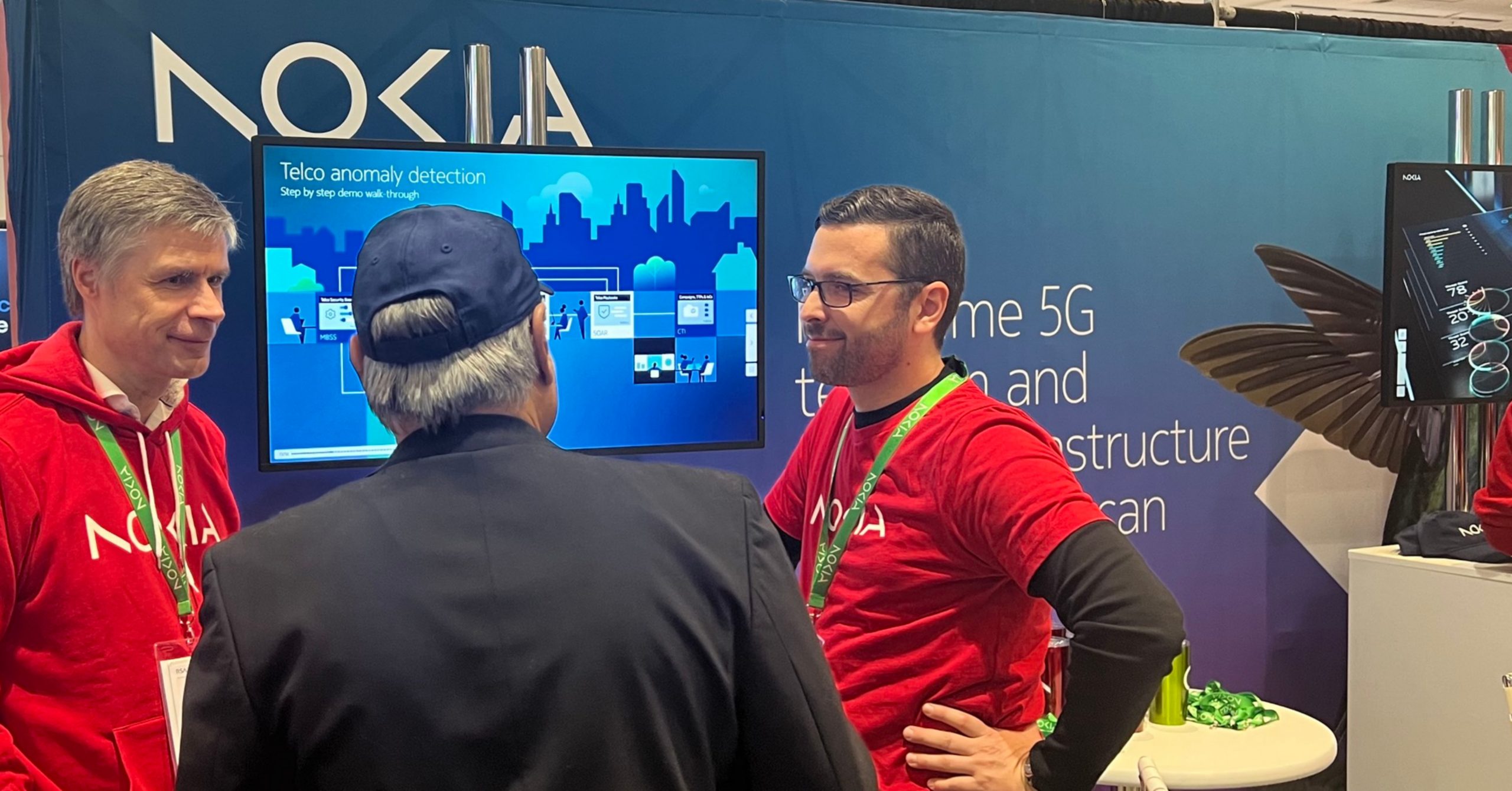
NEW DELHI: Nokia has announced the results of its new research report, the Nokia MEA Mobile Broadband Index, which provides a comprehensive overview of the MEA region’s mobile broadband landscape. The in-depth report highlights the steady growth of 5G in the Middle East and Africa region (MEA) as well as its impact on digital transformation.
It confirms that the Middle East is far ahead of Africa in terms of 5G adoption, while many operators in Africa are still developing their business models around 4G. Voice traffic still relies on 2G and 3G networks in many parts of the region.
5G is forecast to increase steadily and will contribute to the growth of the mobile broadband subscriber base, which is expected to grow with a CAGR of six percent in MEA. According to the report, 4G networks in MEA account for 79 percent of overall data traffic today, and by 2027, 4G and 5G will together account for 90 percent of data traffic. In the same year, 4G subscribers will reach 1,214 million (53 percent of total subscribers) whereas 5G adoption is estimated to reach 380 million subscribers (17 percent of total). Yearly ARPU is estimated to increase at USD$3.4 in 2027, and total data traffic is expected to increase at a CAGR of 32 percent from 2022 to 2027.
The report shows that in the Gulf Cooperation Council (GCC) region, 5G adoption is the fastest, and 5G subscribers are expected to reach 75 percent by 2027, mainly driven by Saudi Arabia. In non-GCC Middle Eastern countries and in Africa, 4G will continue to expand and remain dominant until 2027, while 5G deployment is at nascent stage today and poised to gain more and more momentum over the next years.
As the report confirms, 5G Fixed Wireless Access (FWA) in the GCC countries and 4G FWA in the rest of the MEA region are one of the most attractive use cases, with a significant opportunity for operators to drive incremental revenues. Furthermore, 5G networks are more energy efficient than previous radio network generations, helping operators reach their sustainability targets.
Mikko Lavanti, Head of Mobile Networks at Nokia MEA, said: “MEA is a diverse region with many countries at different stages of development and that is reflected in our report. Data consumption with high-speed networks is increasing exponentially across the MEA market in both urban and rural areas. Reliable 4G and 5G networks are critical for bridging the digital divide in the region, in addition to supporting data-intensive applications for communities and businesses. Nokia is helping both operators and enterprises unlock new opportunities with 5G, building the evolution towards future technologies that will enable enhanced experiences such as the Metaverse.”
5g
Airtel announces its largest ever 5G roll-out in 125 cities
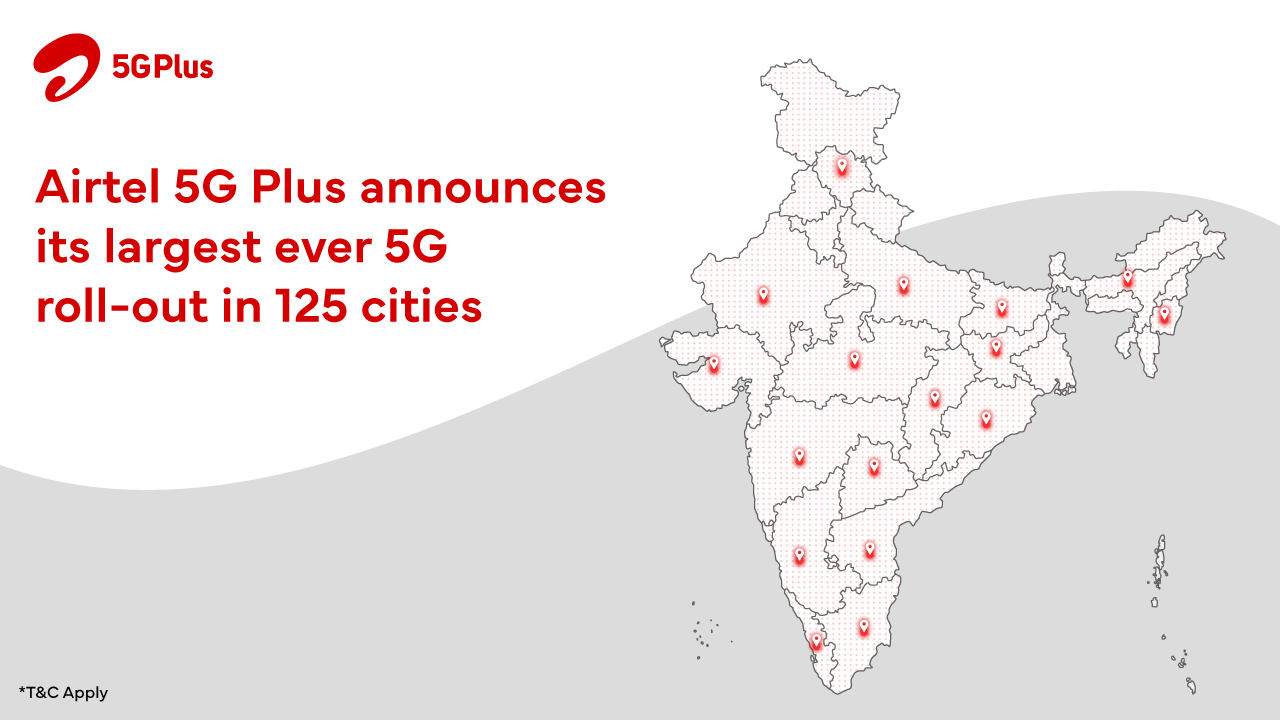
NEW DELHI: Bharti Airtel, India’s telecommunications services provider, today announced the launch of its ultra-fast 5G services in 125 cities. Airtel 5G Plus service is now available to customers in over 265 cities in the country.
Airtel 5G Plus has three compelling advantages for customers. First, it runs on a technology that has the widest acceptance in the world with the most developed ecosystem. This ensures that all 5G smartphones in India seamlessly work on the Airtel network. Second, the company promises to deliver the best experience – between 20 to 30 times higher speeds than today coupled with brilliant voice experience and super-fast call connect. Finally, Airtel 5G Plus network will also be kinder to the environment with its special power reduction solution. Powered by the reliable Airtel network infrastructure, Airtel 5G Plus will provide superfast access to High-Definition video streaming, gaming, multiple chatting, instant uploading of photos et all.
Commenting on the launch, Randeep Sekhon, CTO, Bharti Airtel said, “5G has revolutionized the world of internet, ushering new era of connectivity and communications that will prove to be a game-changer for the country. At Airtel, we remain committed to delivering the highest quality of network and service to our customers as we roll-out 125 more cities today. Airtel was the first in the country to offer 5G services in October 2022, and today’s mega launch is our promise to connect every Airtel customer in the country with ultra-fast Airtel 5G Plus. Our 5G rollout is on track to cover all towns and key rural areas by March 2024.”
Airtel 5G Plus service availability will continue to rapidly expand – including service in all towns and villages in the country soon – as the company is working towards offering nationwide coverage. Airtel is now offering its 5G services in every major city from the upper northern city of Jammu to the southern tip of Kanyakumari.
In the last one year, Airtel has demonstrated the power of 5G with a host of powerful use cases that will change the way customers lead their lives and do business. From India’s first live 5G network in Hyderabad to India’s first private 5G network at the BOSCH facility in Bengaluru to partnering with Mahindra & Mahindra to make its Chakan manufacturing facility, India’s first 5G enabled auto manufacturing unit, Airtel has been at the forefront of 5G innovation.



